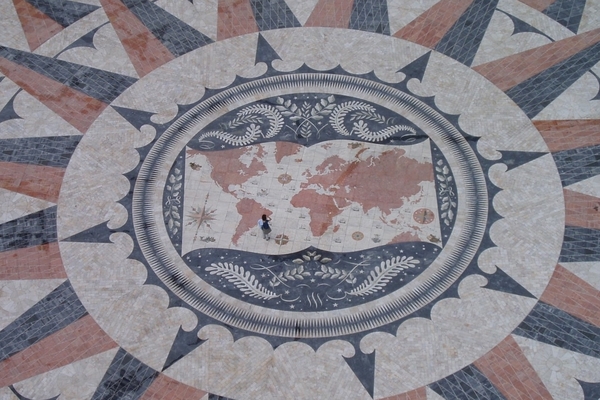EMI at the crossroads: Crisis, contagion, and community

Credit: Wiki user Carcharoth
The Emerging Markets Institute was founded out of crisis—global, financial, epistemic crises. Cracks in the system, built by the North-Atlantic, the backstop of the world economy, the ballast of the post-WWII arrangements—the trade, the security, the peace. In the decade since, as the EMI celebrates its 10th anniversary, we find ourselves back, if not in the same place, in a strikingly similar one, where the world we once knew, is no more.
The realignment
It is worth harping on these 10 years, that fateful window of time, when emerging markets—principally, the BRICS (Brazil, Russia, India, China, and South Africa)—would realign international affairs. The implications were already bare in 2008—hiding in plain sight, so to speak—even as the focus turned to the recovery and the extraordinary measures taken by the central banks, by the United States, the European Union, Japan.
Yet, the crisis would set in motion an irreversible chain of events, a reshuffling of the gravitational pulls, the centers of the world economy. Brazil would lead the charge against the failings of the Bretton Woods institutions; India would claw back the title of “fastest growing economy;” and China would vault to the top of the global industry rankings. Through it all, emerging markets would flip the script, collectively surging, seizing global output, calling for reform, as if all at once.
The reawakening
At the Emerging Markets Institute, we paid heed to it all, clear-eyed to the implications and the magnitude of the rupture in order. The EMR (the Emerging Markets Report), the institute’s flagship product and publication, would chronicle the growth, the Foreign Direct Investment, a picture all too often read as a one-way flow, from the core to the peripheries, only now to muddle, as Asia would reawaken, as more than just a destination, as the source of investment, its outward movement to all corners of the globe.
Then there was soft power, a currency long out of reach of the economies of the future. The EMI would stay close to the active engagements, to the intellectual leaders of the new multilateralism, beginning with the Brazilians, already then laying the groundwork for institutions brushing past the old order. The BRICS would give way to the New Development Bank, then back to the hands of China, with the landmark Asian Infrastructure Investment Bank and the epoch-making Belt and Road Initiative (BRI).
The reconstruction
By this time, protectionism, populism, and politics would remake the world, fracturing alliances and swinging back the pendulum. Latin America and Asia would diverge. A world moving toward emerging markets, toward a convergence of all markets, would give in. A new map unfurled: one of poles, orbits, east and west—of The New World and The Silk Road.
Hence, the crisis—the here and now, only but the logical extension of the story of 2008. We have come full circle. Emerging markets are no longer the future; they are the present. They are the partners of the economies we now share as one. The EMI looks forward. A new decade is upon us, one of design, of building bridges, of forging unions, as vital now as ever. The crisis, the specter of contagion, they come not to threaten us, but to invite us to think anew, to act boldly and bravely with the imaginative work ahead. Let us emerge.


Comments